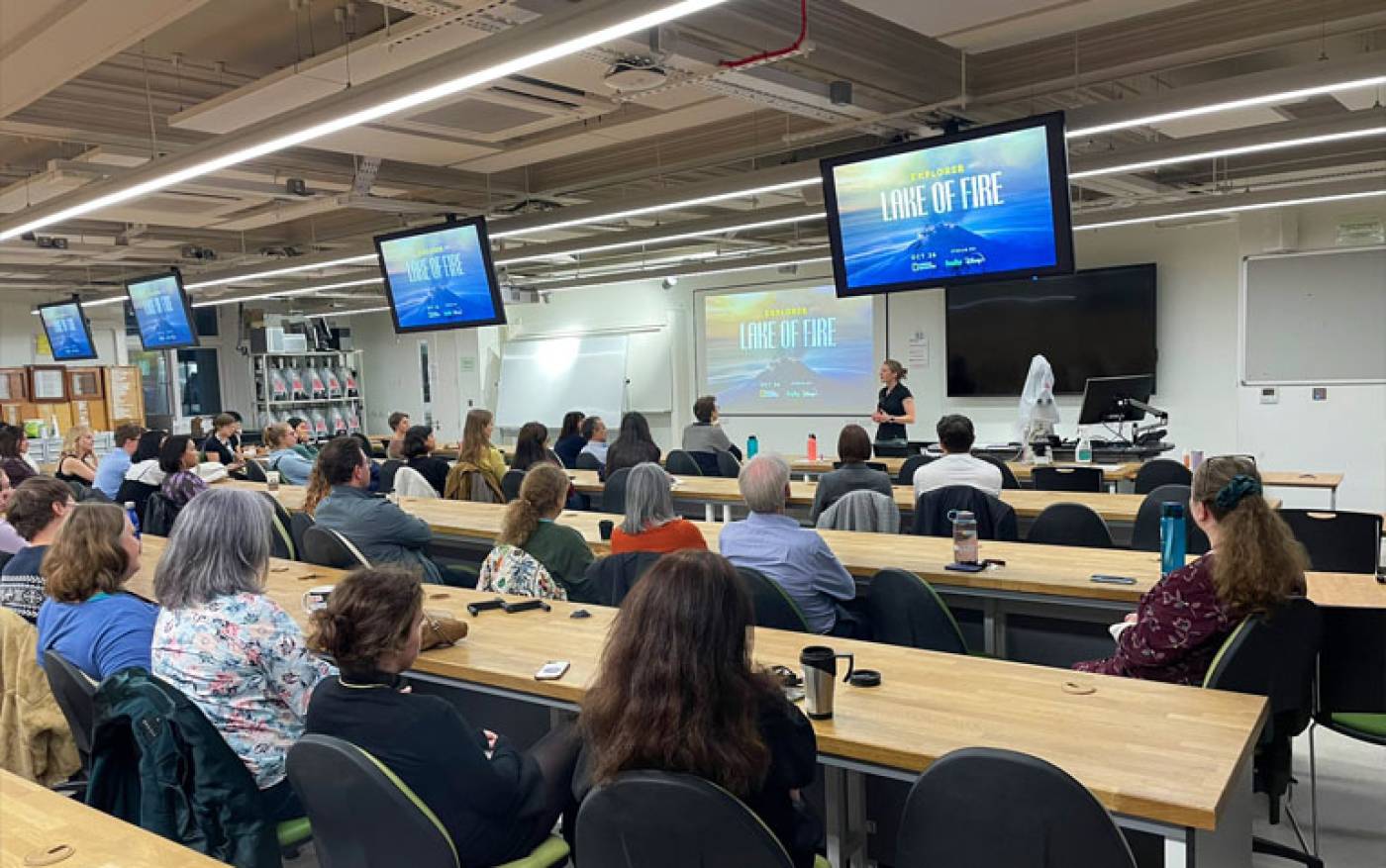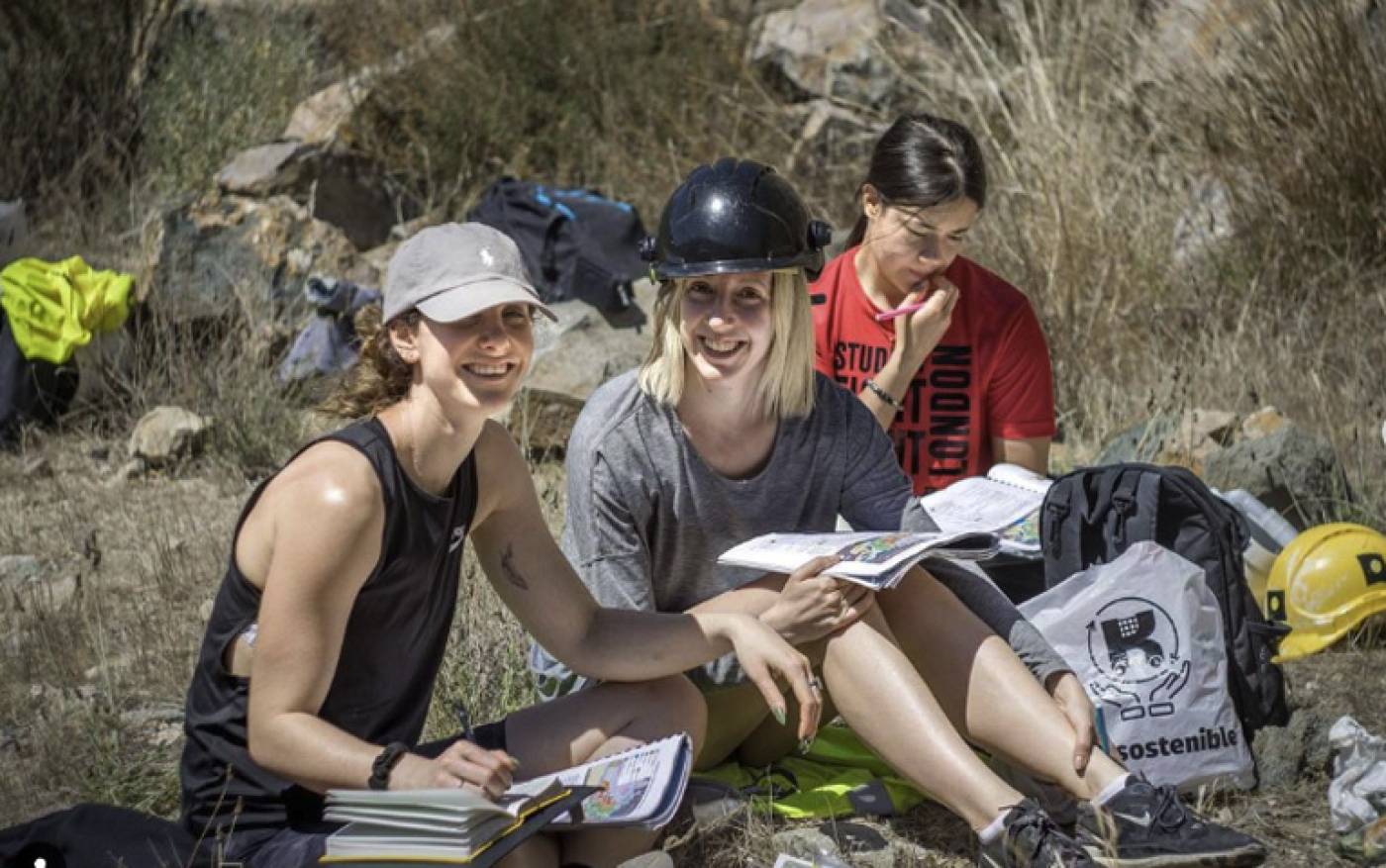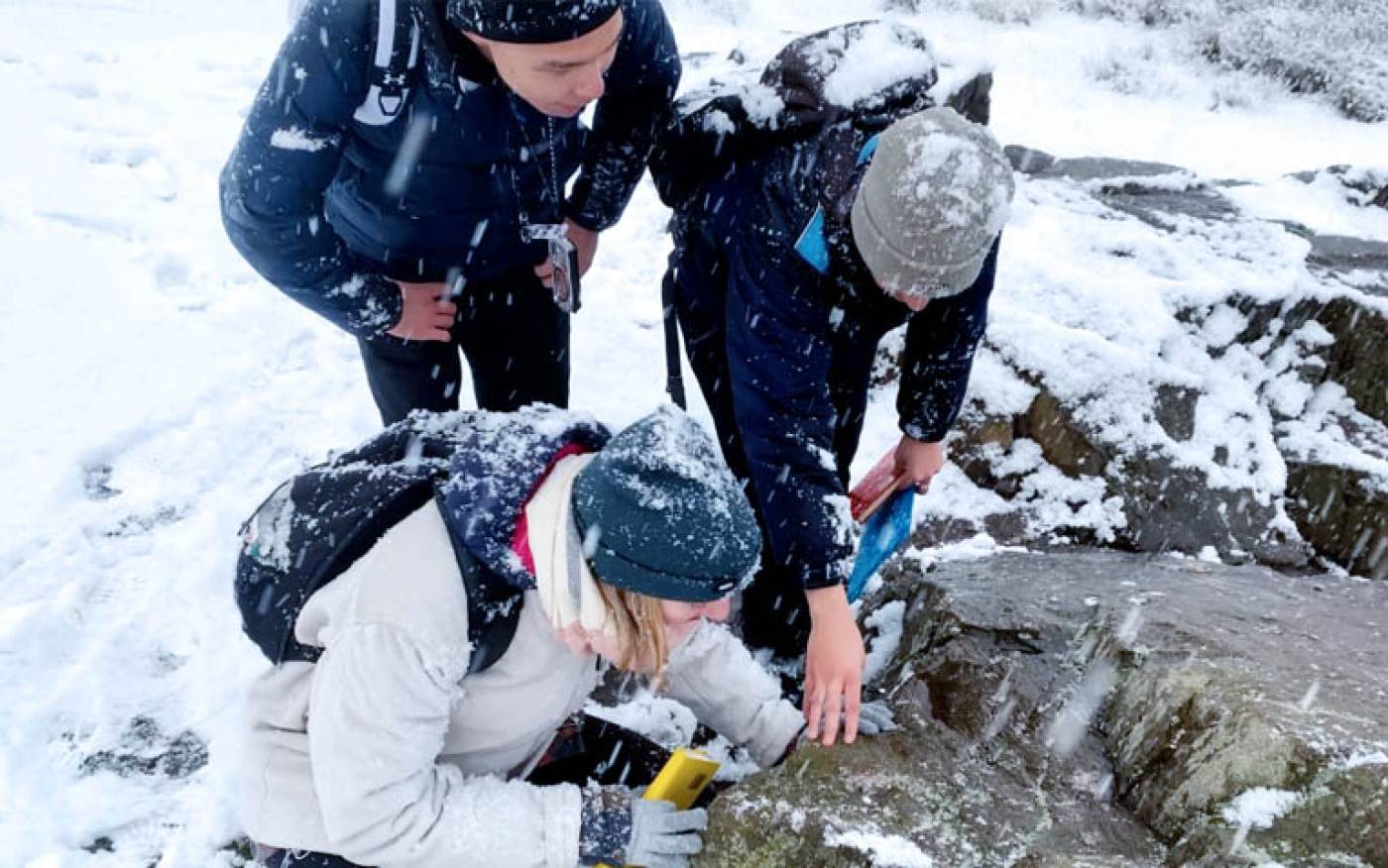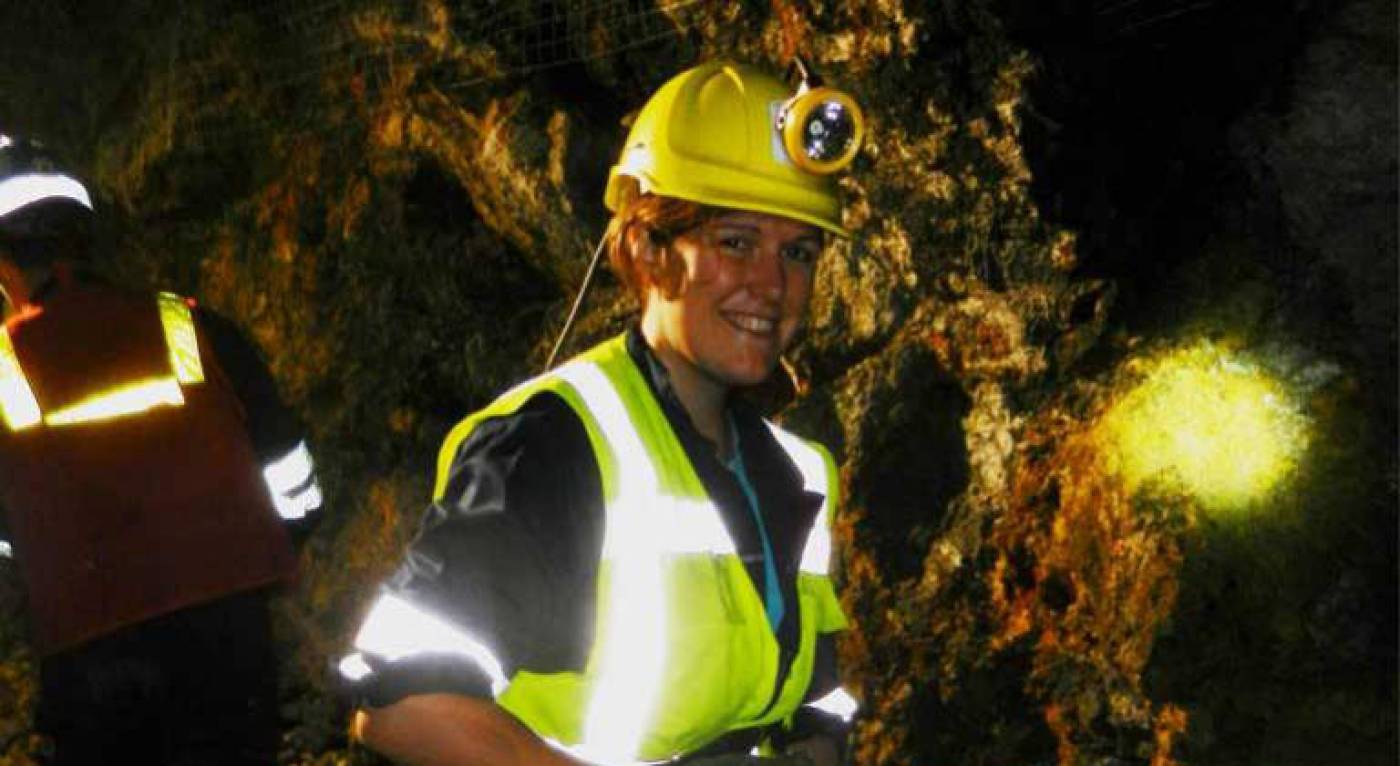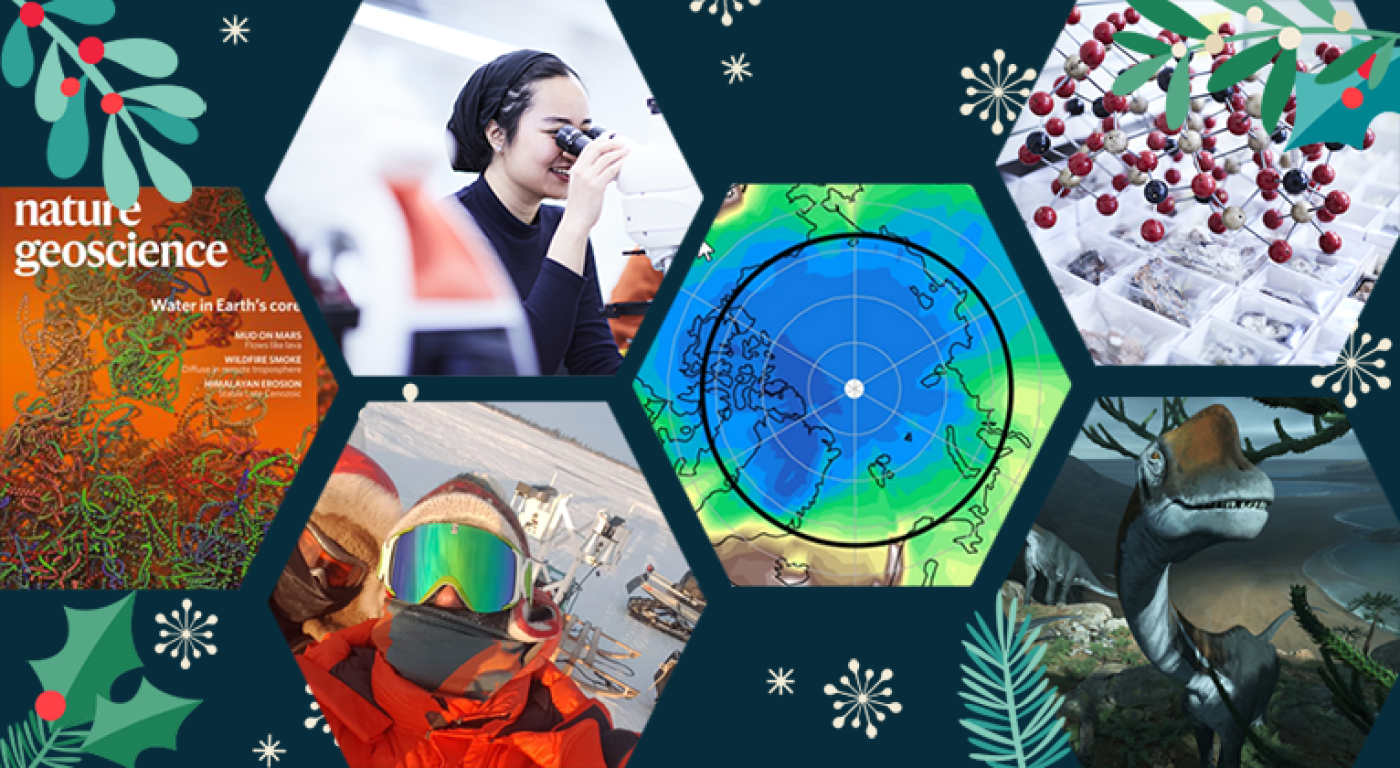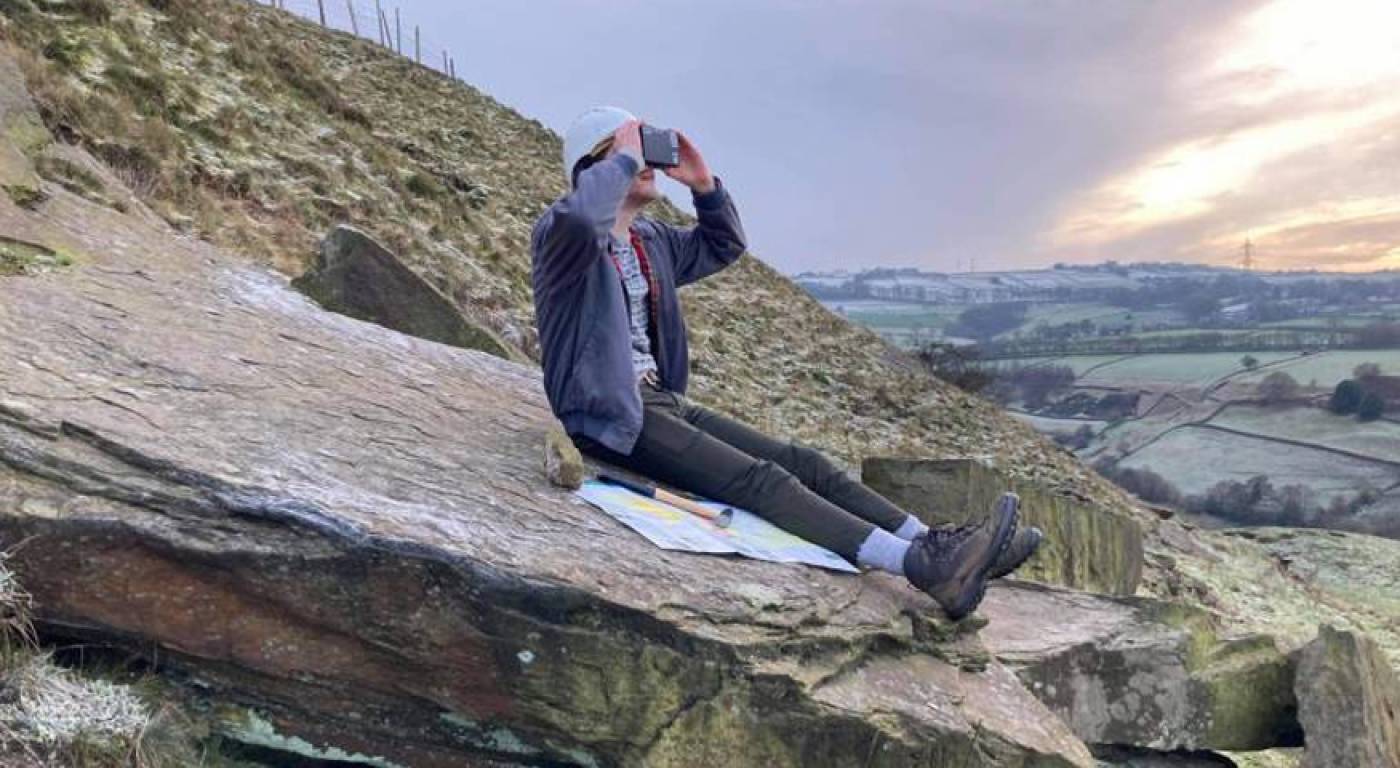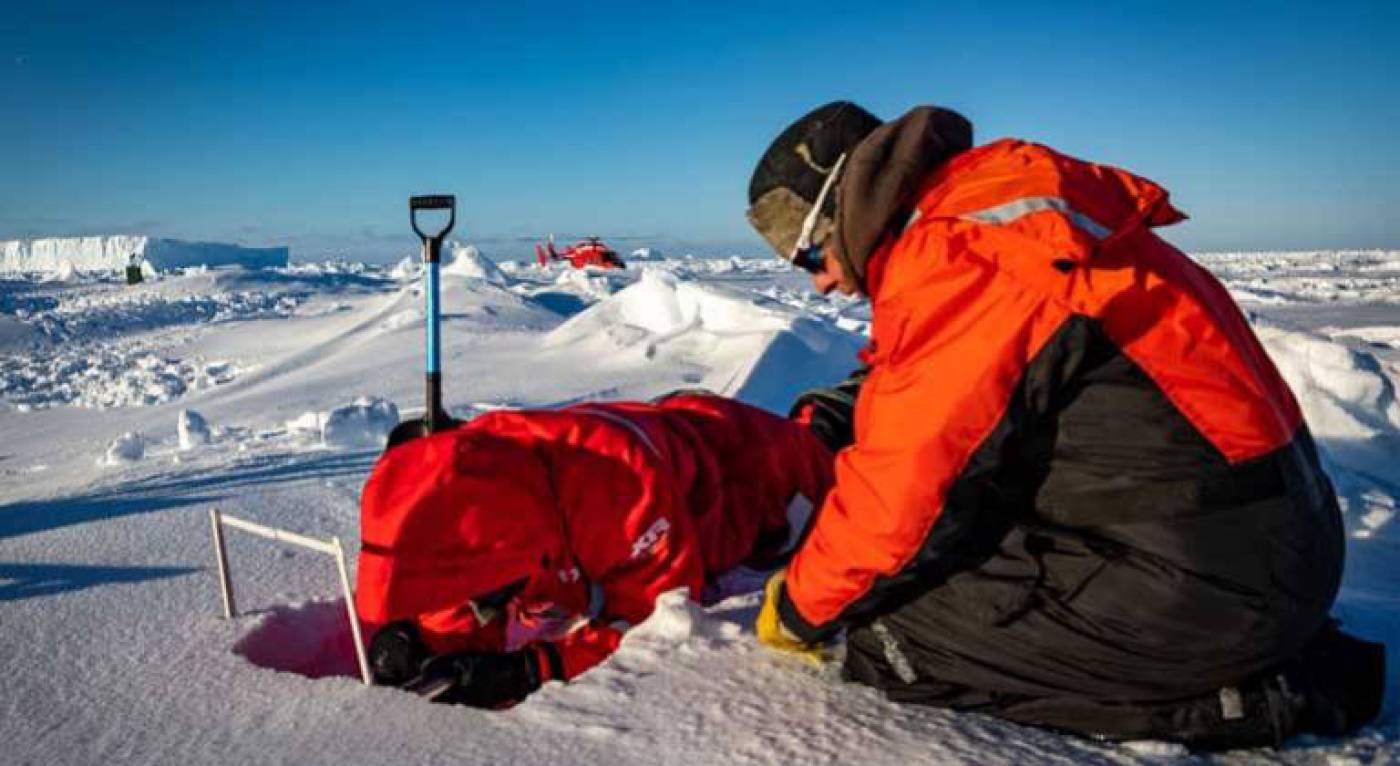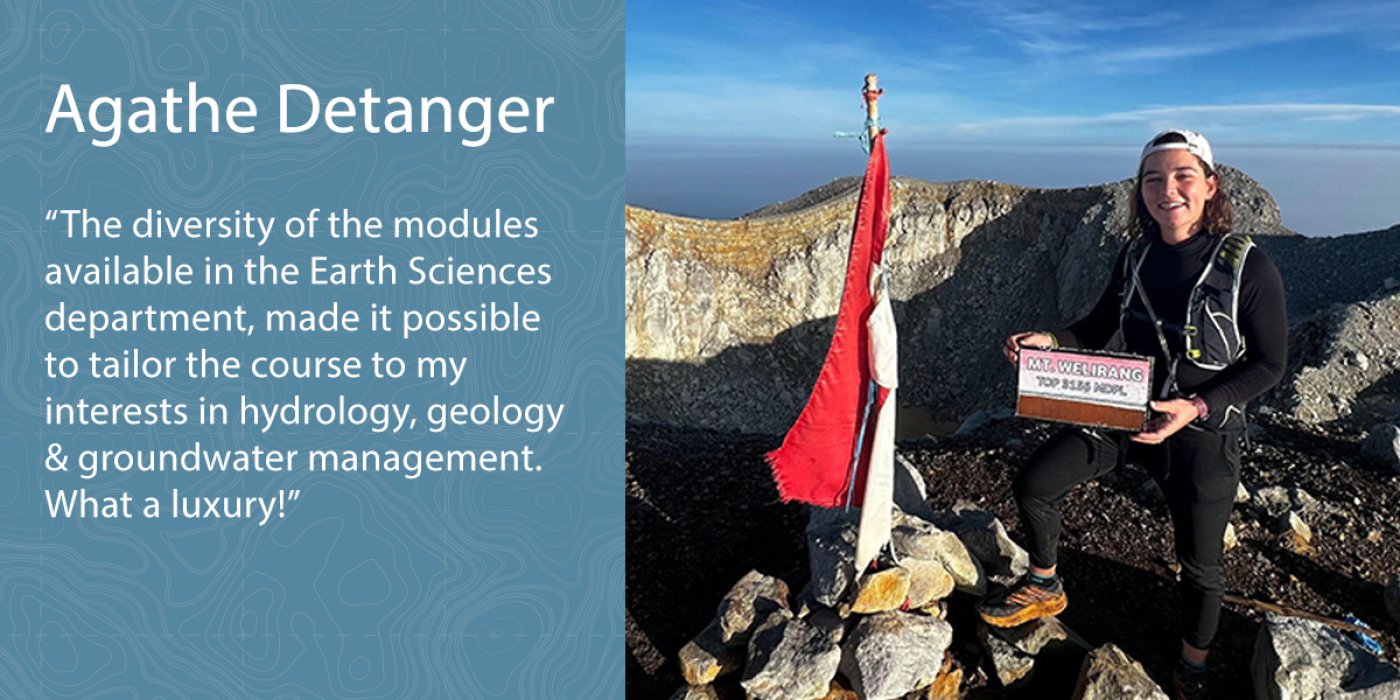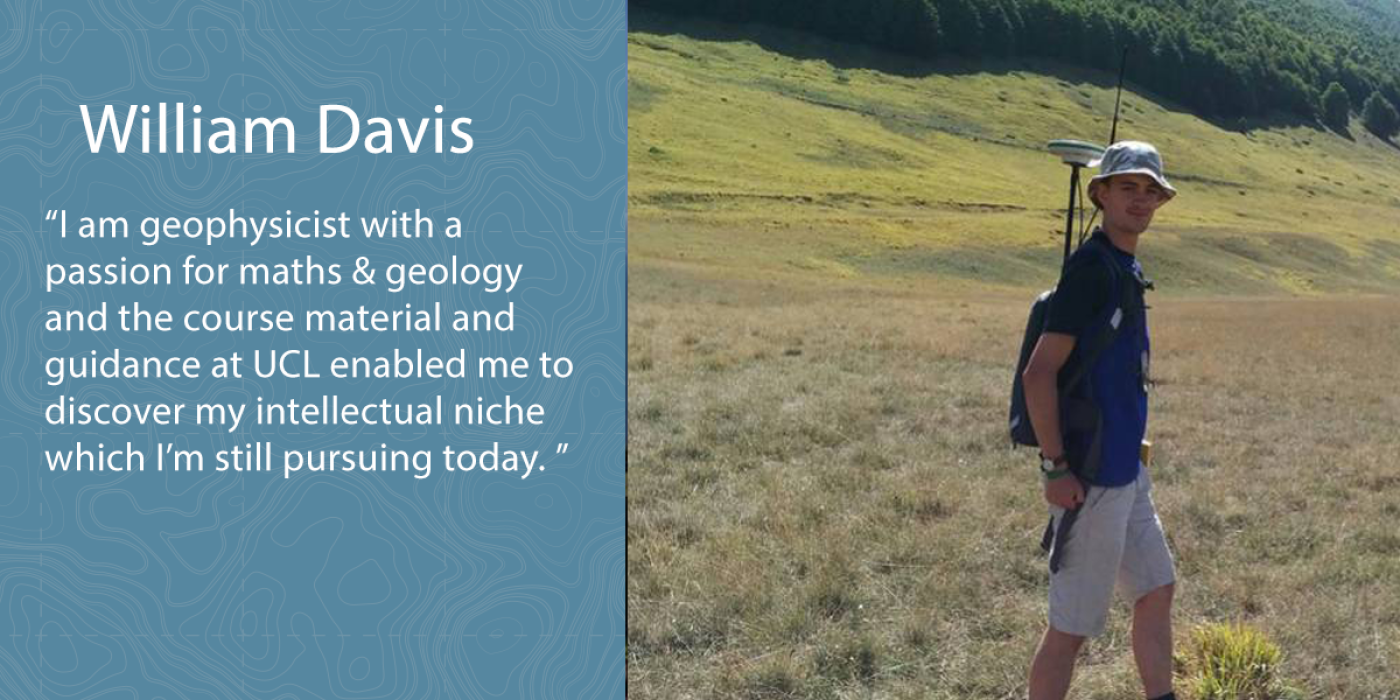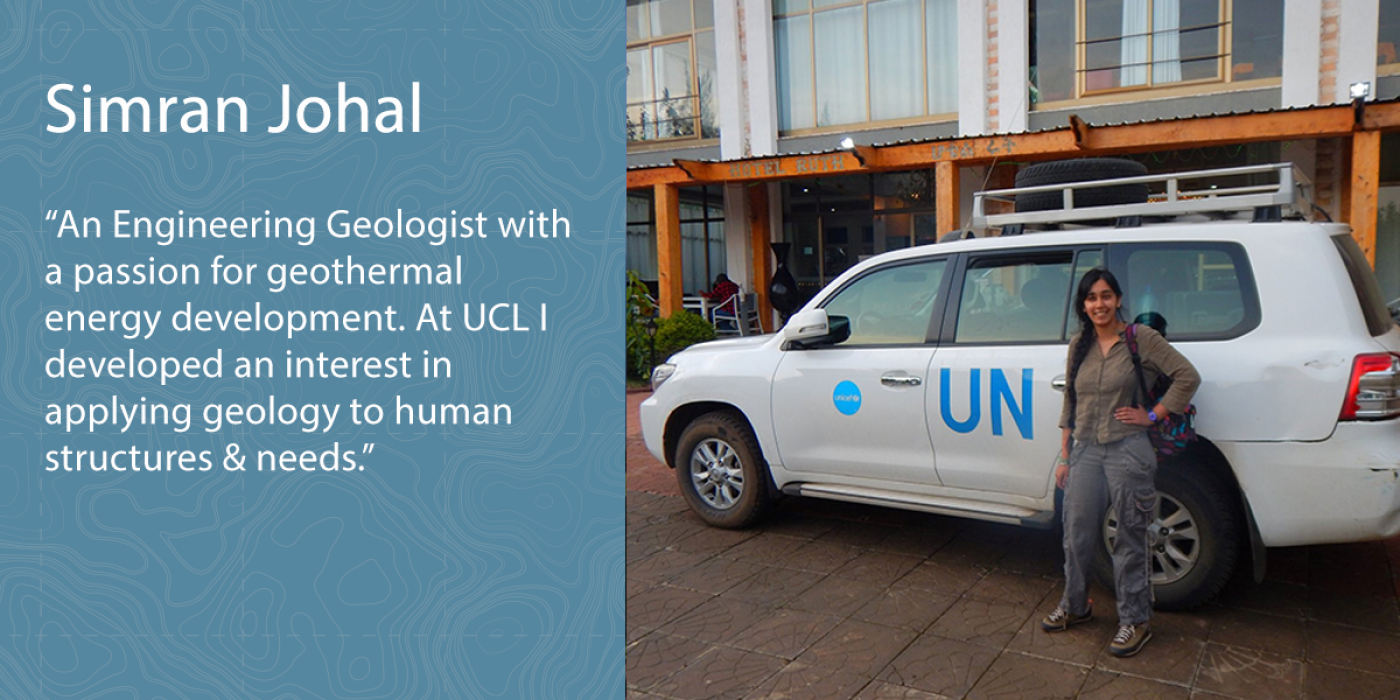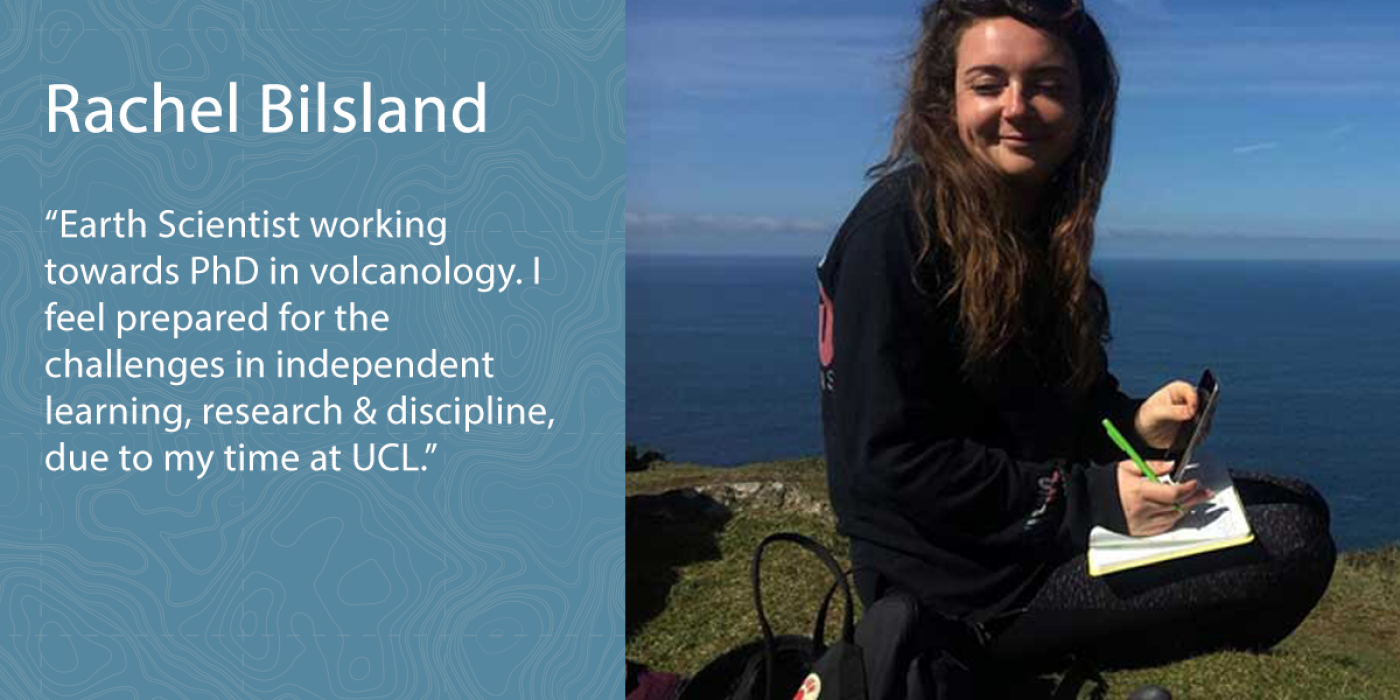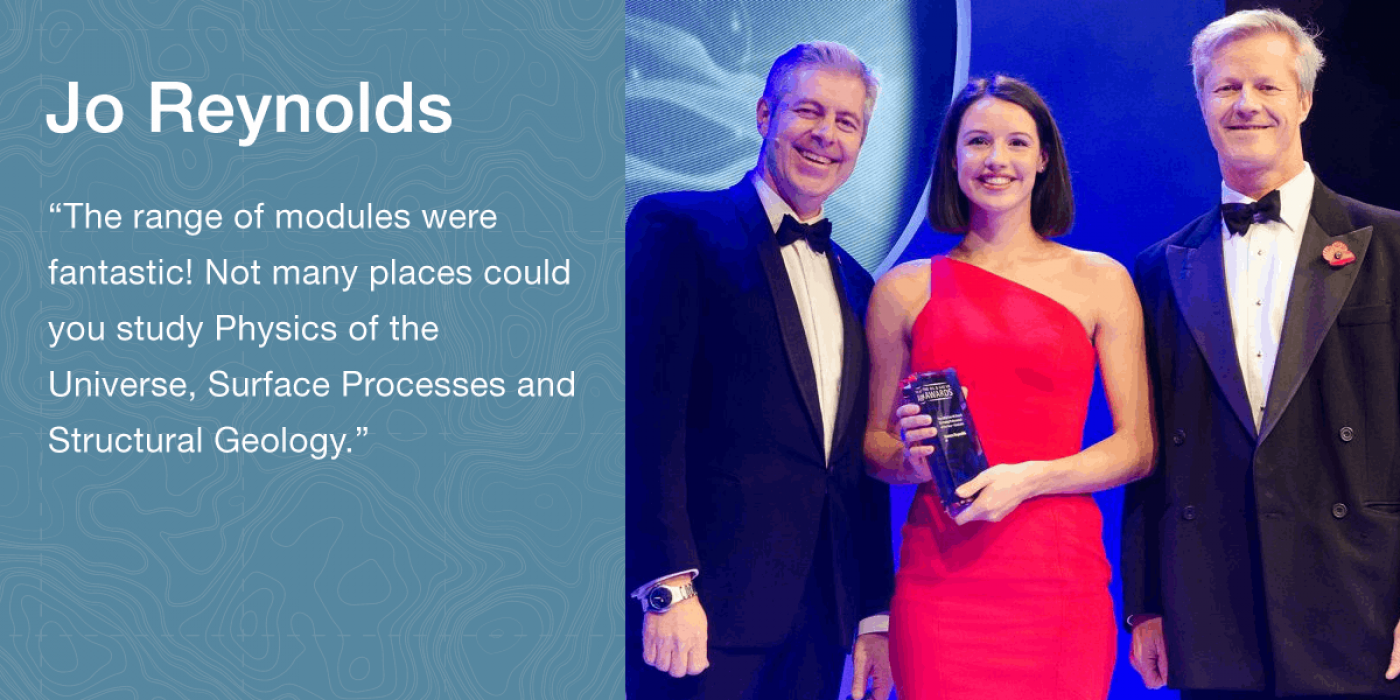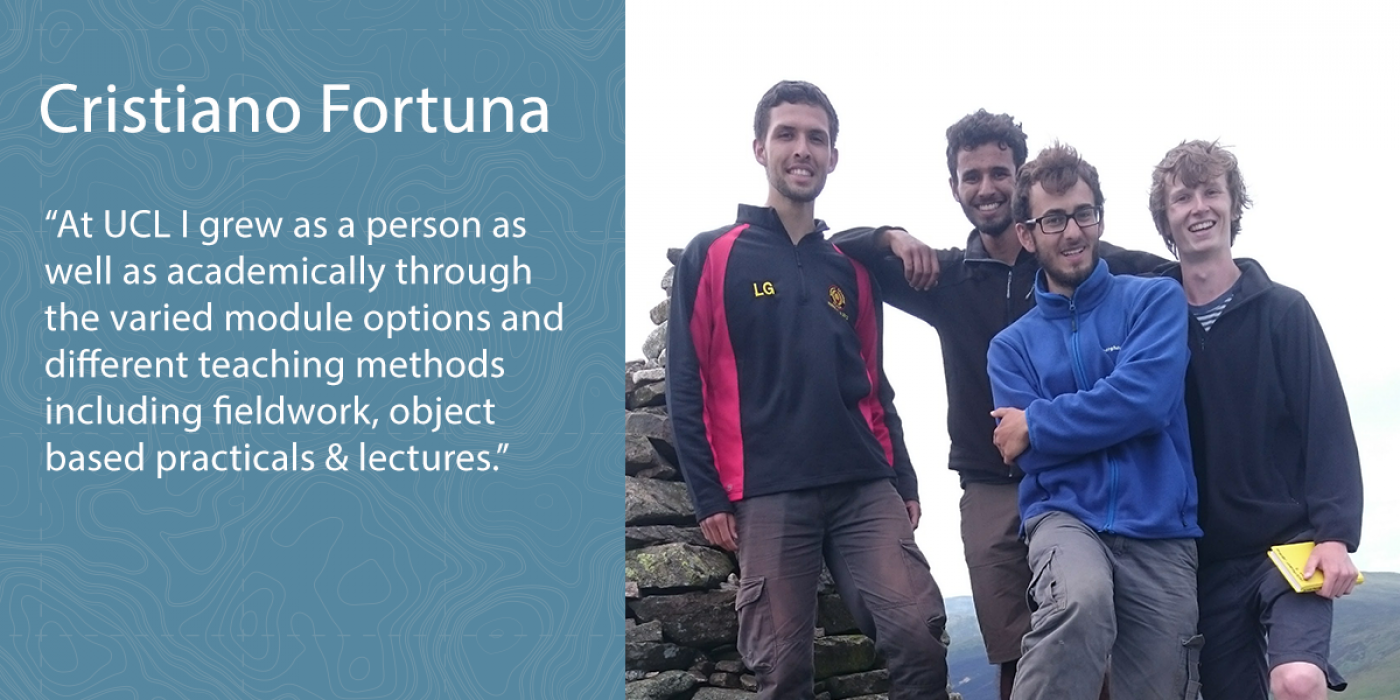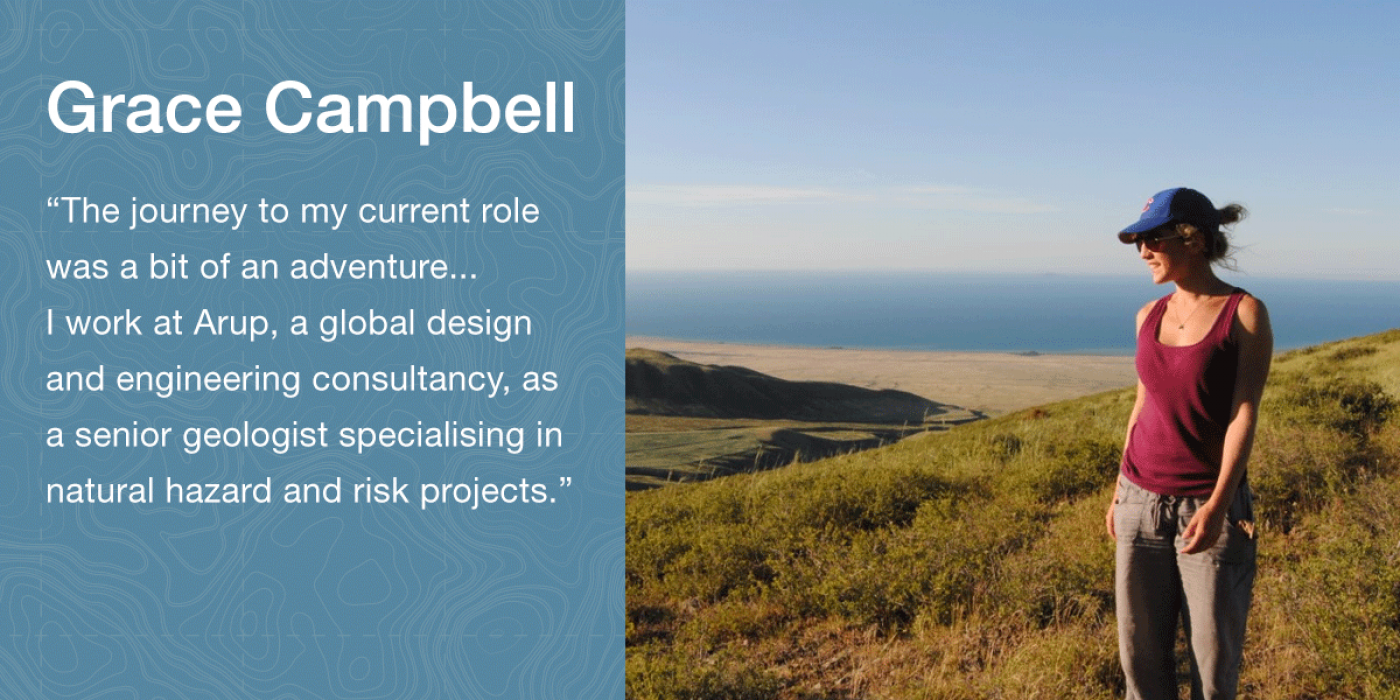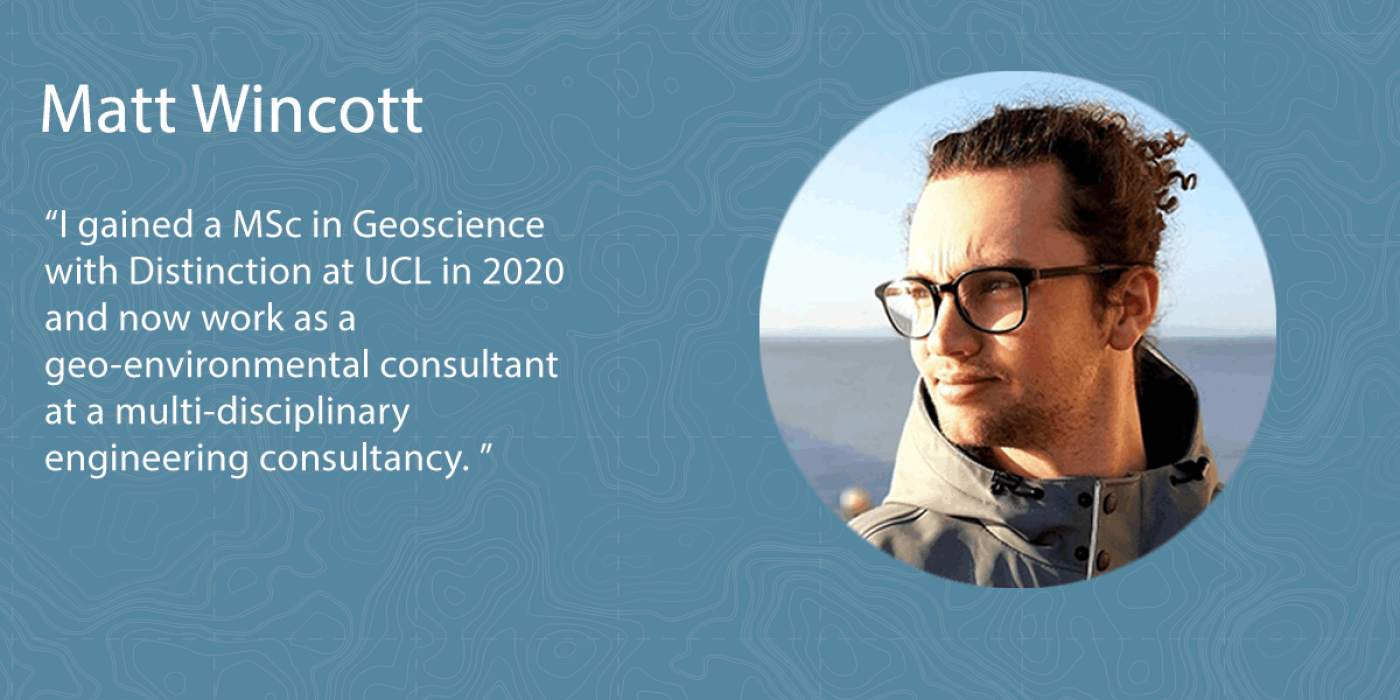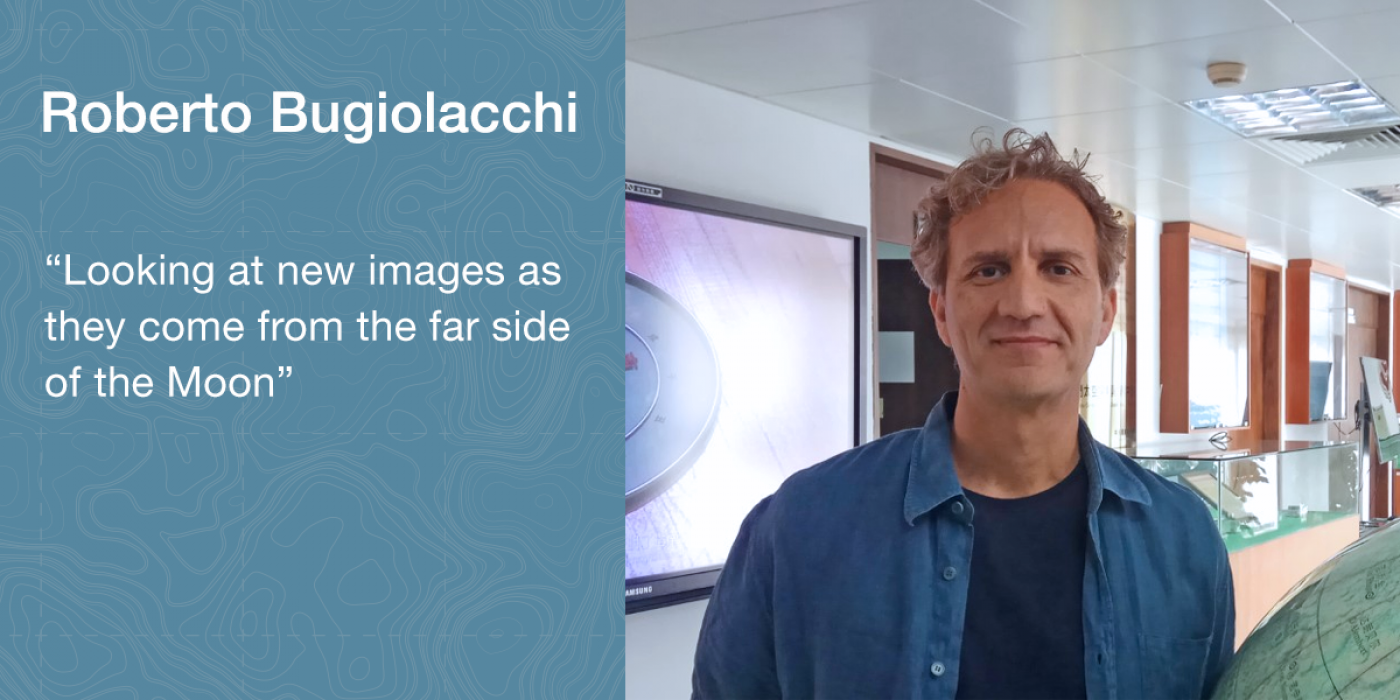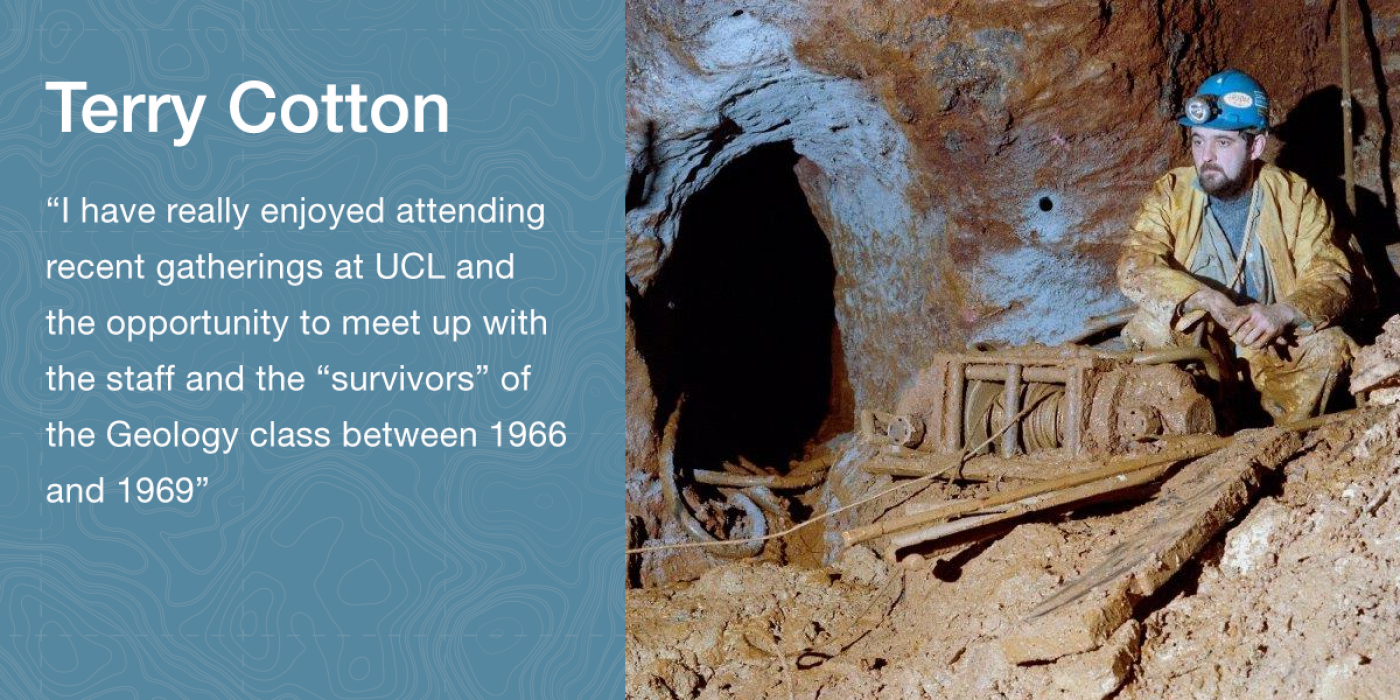Arctic research expedition
23 August 2023
Over the summer, Carmen Nab, our PhD student, spent three weeks on an icebreaker as part of an Arctic research expedition with aim to answer the question how snow, ice & ocean properties affect the species distribution of under-ice algae that stick to the bottom of the sea ice.
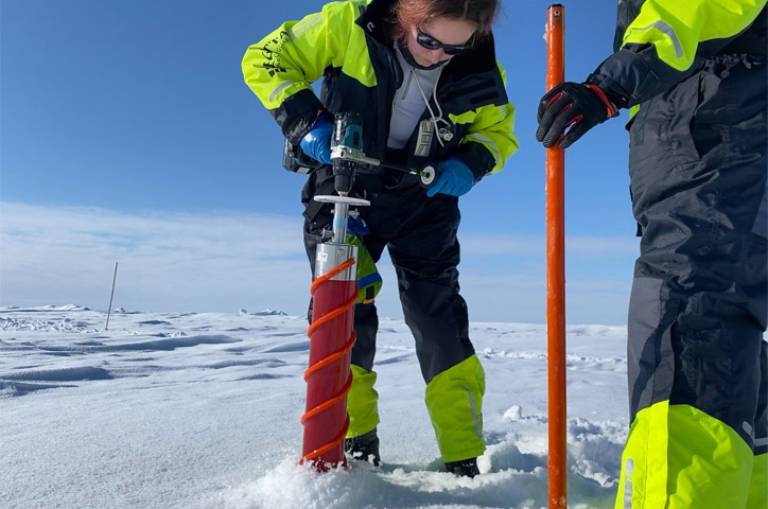
Over the summer, I spent three weeks on an icebreaker as part of an Arctic research expedition. Organised by the BREATHE project, based at the Arctic University of Tromsø, we investigated the biogeochemical properties of sea ice, its overlying snow cover and the underlying ocean. Setting off from Tromsø, we spent three days traveling towards Fram Strait (between Svalbard and Greenland), breaking through the ice to get as far North as possible. When the ship could no longer make progress, we found a sensibly-sized ice floe to work on, anchored the ship to the floe and took our first steps on the ice.

Research RV Kronprins Haakon. Photo credit: Amy Swiggs

Photo credit: Nicolas Michalezyk

Mapping snow depth, with polar bear guard close behind.
Over the next ten days, we remained attached to the floe, with the ship acting as a floating research base. The main question we aimed to answer was how snow, ice and ocean properties affect the species distribution of under-ice algae that stick to the bottom of the sea ice. As the Arctic warms, the sea ice and its overlying snow cover thin, allowing more light to reach the ocean below. This is affecting the timing, distribution and composition of under-ice algal blooms, with cascading effects on the Arctic’s wildlife.
“Using under-water ROVs equipped with cameras, we were able to see underneath the ice and determine where the algae hotspots were. We started by collecting algae from underneath the ice to determine which species were present and in what abundances. Not an easy feat - this involves drilling through almost 2 metres of sea ice with only one goal: Recovering the bottom 5 cm without dropping all the algae stuck to it back into the ocean.
Once we had collected our ice core samples, we moved on to snow and water sampling. Using an induction device dragged behind us on a sled, two drones and some old-fashioned weighing scales, we mapped the snow depth, density and structure of our home floe. We then sent probes and water samplers down to 2000 m below the ice, sampling biogeochemical properties of the ocean at different depths. Altogether, this allows us to build a picture of the snow, ice and ocean properties that allow different species of algae to thrive at the bottom of the ice floe.
Once we had collected our ice core samples, we moved on to snow and water sampling. Using an induction device dragged behind us on a sled, two drones and some old-fashioned weighing scales, we mapped the snow depth, density and structure of our home floe. We then sent probes and water samplers down to 2000 m below the ice, sampling biogeochemical properties of the ocean at different depths. Altogether, this allows us to build a picture of the snow, ice and ocean properties that allow different species of algae to thrive at the bottom of the ice floe.
While we worked on the ice, a separate team was always on the ship’s bridge armed with binoculars, keeping an eye out for the Arctic’s cutest and most dangerous predator. Tough to spot on the never-ending canvas of white snow, the polar bears were out in full force, with several different families visiting us, curiously looking towards the neon michelin men drilling through the ice.
At 3am on our last day, although it felt like midday due to the never-ending light, I was on bear watch while a team took some final measurements on the floe. While staring at the same distant white lump of ice for 40 mins through my binoculars, trying to convince myself it wasn’t running towards them, I thought: I can’t wait to do this again.
Links:
- Carmen Nab's research profile
- Bottom-sea ice Respiration and nutrient Exchanges Assessed for THE Arctic (BREATHE)
 Close
Close


